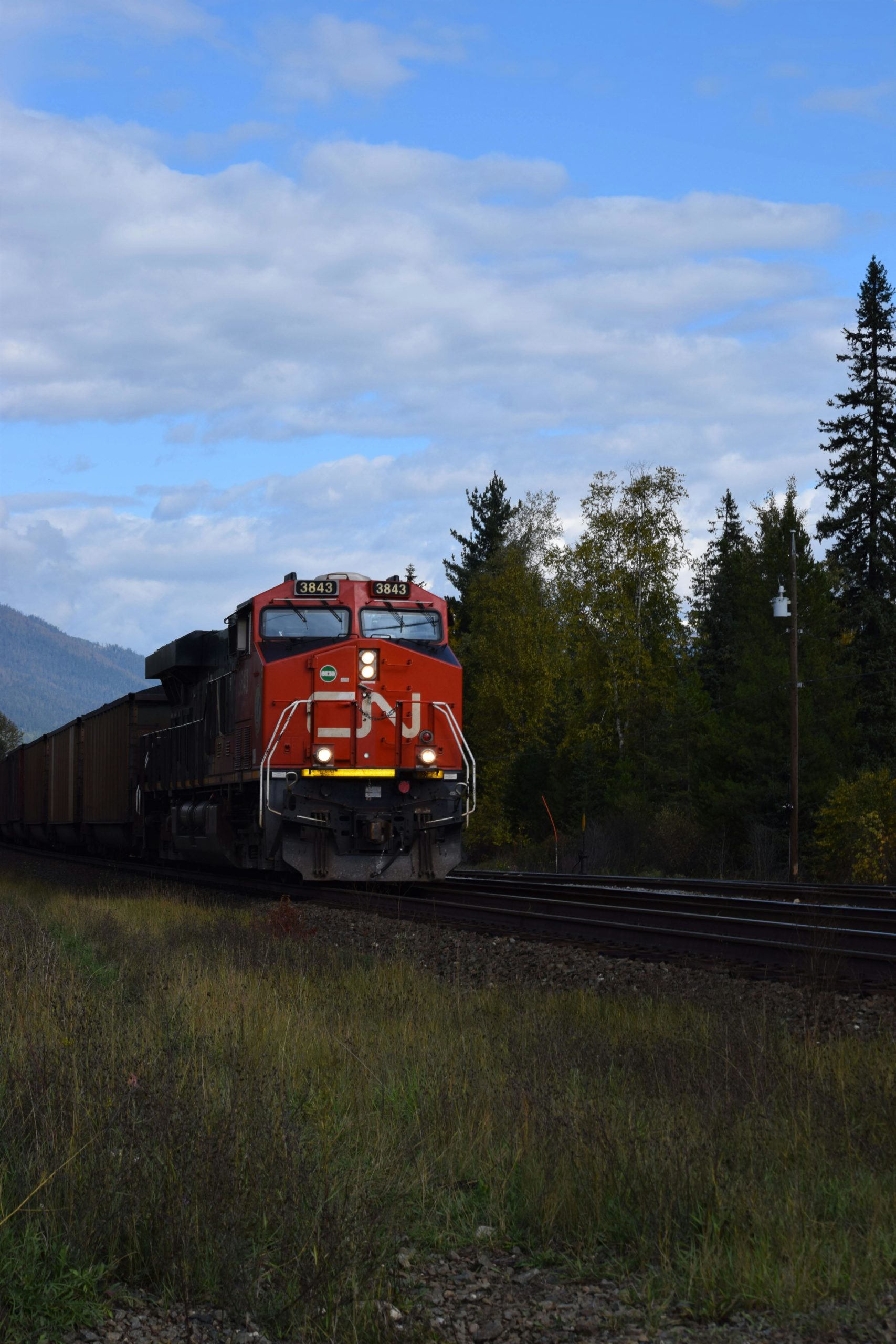When it comes to rail origins and destinations, railroad hauling service providers can be characterized in two basic classifications: 1) Class I railroads and 2) Shortline railroads. The Class I railroads are defined as any railroad that has a revenue threshold of $457 million and are currently made up of the “Big 7”: BNSF, CN, CP, CSX, KCS, NS and UP. The Shortline railroads are made up of the smaller tier railroads.
According to the American Shortline and Regional Railroad Associations (ASLRRA) there are 603 shortline railroads that operate within the boundaries of the United States. Additional valuable shortline railroads also exist in Canada. For the purpose of drilling down, let’s drill down on the US shortlines today. These shortline railroads have nearly 10,000 customers that traverse around 47,500 miles of track representing approximately one carload of product out of every four carloads that are originated or terminated on rail by direct connection to the customer or via transload. Shortlines have become a master service provider at first mile / last mile requirements focusing on a larger number of customers with smaller volumes of traffic. These customers generally require more specialized attention or handling to reflect the nature of their business. While Class I and Shortline railroads truly work in a harmony together, it is typically thought that Class I railroads have a more difficult time giving these smaller customers the attention they need to effectively compete with other modes of transportation versus the service a Class I railroad will provide. Nothing personal – it’s just a volume focus.
The pickup and delivery system continues to be faced with the challenge of first mile and last mile finite requirements. This challenge isn’t only in the rail industry. It cuts across all transportation provider industries such as barge, air, rail, ocean going vessel, etc. There are a lot of shippers and receivers in the United States, Canada and Mexico that don’t ship consistent volumes or have seasonal requirements or they may just have one-time shipments. A way to think of the first / last mile situation is to think about a web that gathers customer shipments and funnels them into a network that is all going the same direction. Conversely, if the web requires deliveries of railcars, then the interchange from a Class I is parsed out according to waybill requirements to individual customers. This gathering and distribution of shipments from the web or into the web takes time and resources. Many shippers have as few as one to ten carloads a week, and sometimes at the rate of one a day or every other day. Just due to size, a Class I railroad typically has a difficult time providing the level of service necessary to manage these finites gathering and distribution requirements.
While both Class I railroads and Shortline railroads have varying pros and cons and ways to best serve your rail origin/destination needs, depending on your size and anticipated volume and appetite for shipping/receiving, several facts need to be reviewed when considering locating your business on a shortline or possibly converting from a different mode of transportation to rail originated via shortline railroad.
Consider:
- What is the financial health of the shortline?
- Many shortlines were originally bootstrapped into existence. You’ll want to be sure there’s enough financial depth to provide for a long-term service envelope
- Is the shortline a stand-alone entity or part of a bigger corporate conglomerate?
- If the shortline is part of a bigger corporate entity, e.g. shortline holding company, be sure they aren’t so detached from their customers that they forget about providing the service you require. It is highly unlikely but worth researching.
- A bigger conglomerate may also provide a better service package because they have more financial depth than a stand-alone company.
- Stand-alone shortlines seem to be more service-centric by providing value for the customer at every stage of the operation
- What and where are the connections with Class I or other shortline or regional railroads? What does the service handoff look like?
- What are your specific level of service requests?
- Also consider if you have two competing railroads for your business, e.g. a shortline that has the option of connecting with two Class I railroads, you generally will get a better rail rate package
- What is the status of the physical rail infrastructure?
- In many cases shortlines will operate interchange locomotives requiring a better track classification to operate at a speed that doesn’t detract from the service offering.
- Track in good condition, even that track restricted to 10 or 20 miles per hour, is a must. If the shortlines track isn’t in good condition you run the risk of significant service delays, cancellation of service or abandonment.
- Does the shortline communicate with its connections?
- In today’s environment most waybill, bill of lading and interchange information is electronic. If the originating or terminating shortline has this capability, the flow of information will be significantly easier and more accurate.
Keep in mind as customer centric as shortlines typically are, shortline service may not be most ideal for everyone. If you’re a large rail or rail-barge, barge-rail, rail-port or port-rail, or consistent unit train shipper, it’s advisable to look at direct Class I connections. Particularly those who have dual service to two or more Class I railroads. However, if you generally want better service and a service package that can be tailored to your shipments or railcar deliveries, a shortline railroad should be an important consideration in your analysis.
Other considerations for alternative yet focused service packages can be found by utilizing industrial parks, transload locations and private tracks that are dual served.
Considering a new location, new to rail or expanding existing locations? Tealinc LLC is ready to help you make the most economic rail location choice and has many Shortline and Class I railroad contacts to help you decide which options are right for you.

